How to Choose the Right Needle Rollers for Your Mechanical Applications
Choosing the right needle rollers for your mechanical applications is a crucial decision that can significantly impact the efficiency and longevity of your machinery. Needle rollers, known for their superior load-bearing capacity and compact design, are essential components in various mechanical systems, from automotive to industrial machinery.
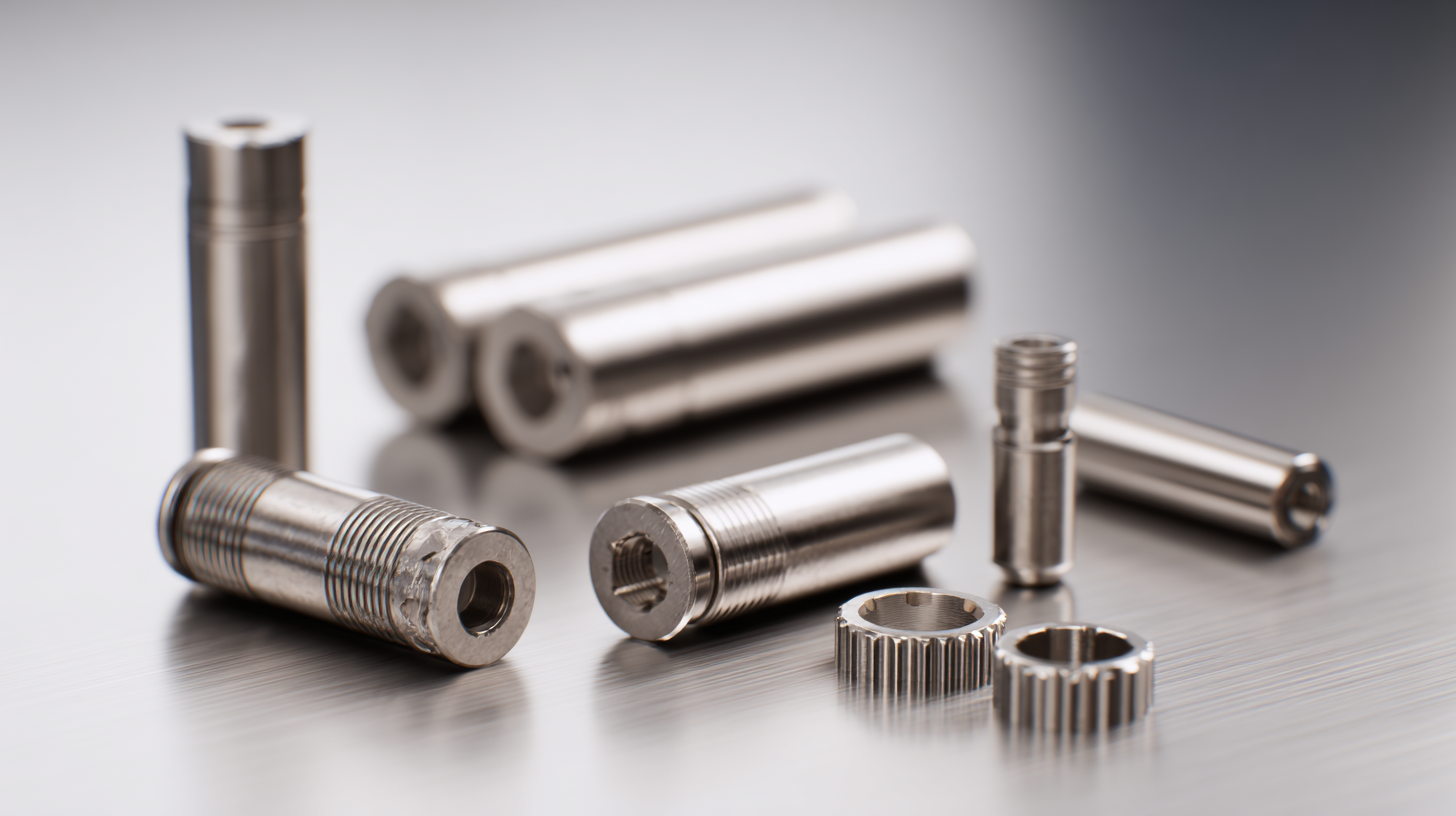 However, with a wide range of options available in the market, selecting the most suitable needle rollers can often be overwhelming. Factors such as size, material, lubrication, and specific application requirements must all be carefully considered to ensure optimal performance. This guide aims to provide valuable insights into the selection process, helping you to navigate the complexities of needle roller choices and ultimately enhance the reliability of your mechanical operations.
By understanding the key characteristics and advantages of needle rollers, you will be better equipped to make informed decisions that meet your specific needs.
However, with a wide range of options available in the market, selecting the most suitable needle rollers can often be overwhelming. Factors such as size, material, lubrication, and specific application requirements must all be carefully considered to ensure optimal performance. This guide aims to provide valuable insights into the selection process, helping you to navigate the complexities of needle roller choices and ultimately enhance the reliability of your mechanical operations.
By understanding the key characteristics and advantages of needle rollers, you will be better equipped to make informed decisions that meet your specific needs.
Understanding the Different Types of Needle Rollers Available in the Market
Needle rollers are essential components in various mechanical applications, known for their capability to reduce friction and support loads effectively. When choosing the right needle rollers, it’s crucial to understand the different types available in the market. The main categories include drawn cup needle rollers, cylindrical needle rollers, and thrust needle rollers, each designed for specific applications. Drawn cup needle rollers feature a thin-walled outer structure, making them ideal for applications with limited space, while cylindrical needle rollers are used where higher load capacities are required. Thrust needle rollers, on the other hand, are best suited for applications where axial loads dominate.
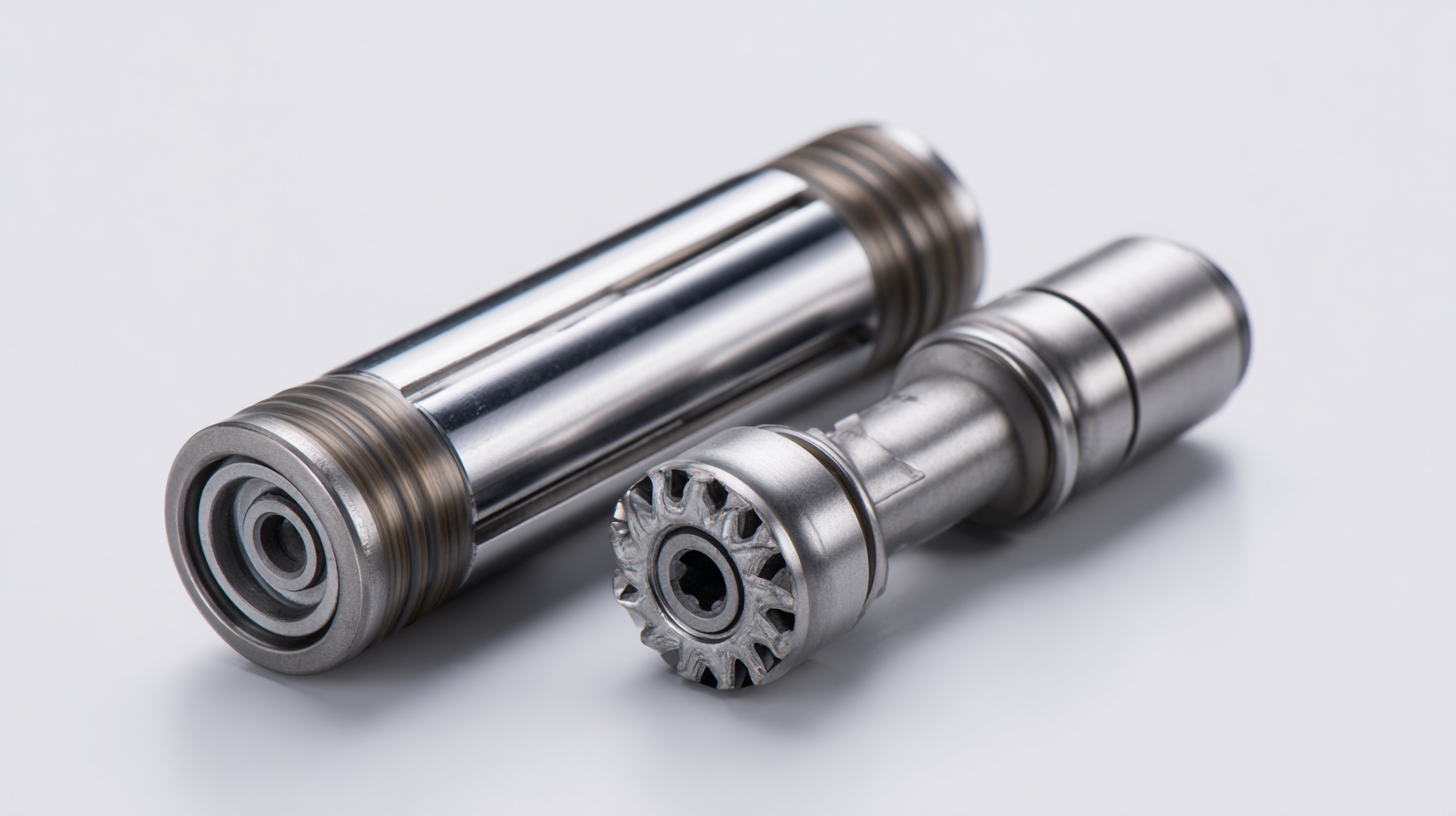
As the global bearing market continues to grow, with projections anticipating a significant increase in the automotive and aerospace sectors, the demand for specialized needle rollers is expected to rise as well. Automotive needle roller bearings, for instance, are anticipated to expand at a compound annual growth rate of around 6.5% over the coming years, driven by advancements in vehicle technology and increasing manufacturing efficiency. Understanding these distinctions will help engineers and manufacturers select the most suitable needle roller components for their specific mechanical needs, ensuring optimal performance and longevity.
Key Factors to Consider When Selecting Needle Rollers for Mechanical Applications
When selecting the right needle rollers for mechanical applications, several key factors should be taken into account. First and foremost, the load capacity is critical. Needle rollers vary significantly in their ability to handle different loads, so understanding the specific requirements of your application is essential. Additionally, consider the operating conditions, such as speed and temperature, which can influence the performance and longevity of the bearings.
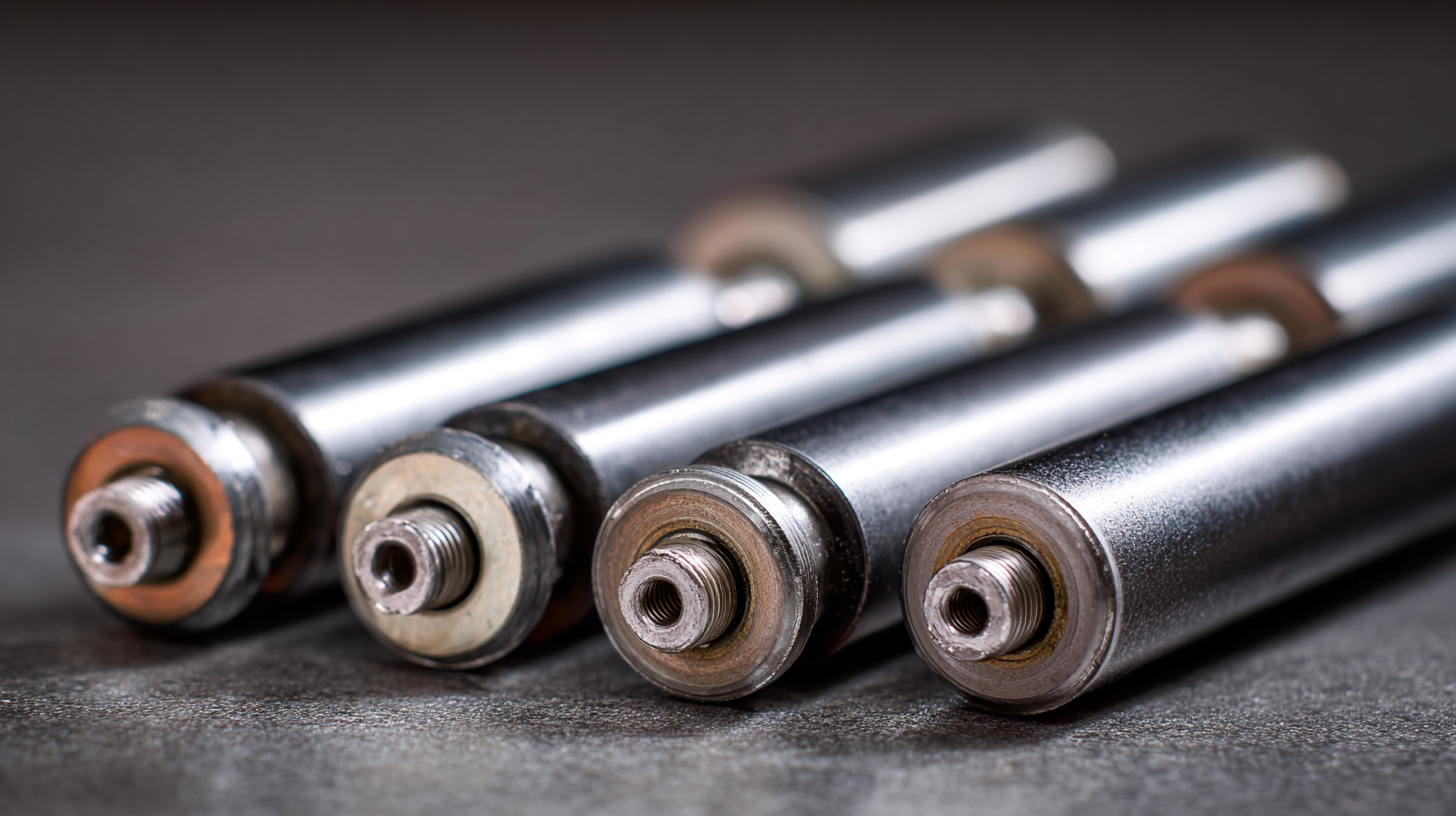
Another important factor is the compatibility of materials. The choice of material for the needle rollers and the raceways can greatly affect friction levels, wear resistance, and overall durability. It’s also crucial to evaluate the lubrications options available, as they play a significant role in minimizing wear and ensuring smooth operation. Finally, pay attention to the design features of the needle rollers, as advanced designs can offer improved performance in specific applications, such as robotics or high-speed machinery. By carefully considering these factors, you can make informed decisions that optimize the efficiency and reliability of your mechanical systems.
Assessing Load Capacity and Performance Metrics of Needle Rollers
When selecting the right needle rollers for mechanical applications, assessing load capacity and performance metrics is crucial. Load capacity determines how much weight and force the needle rollers can withstand without failure. It's essential to consider factors such as static and dynamic loads, as these will impact not only the longevity of the rollers but also the overall efficiency of the machine. Understanding the specifications provided by manufacturers, including the types of loads (such as radial or axial) and their exact tolerances, will help in making a well-informed choice.
Performance metrics also play an integral role in the selection process. These metrics include the overall speed rating, lubrication requirements, and operating temperature ranges. For example, some needle rollers are designed for high-speed applications and can handle greater thermal loads, while others may be better suited for consistently heavy loads at lower speeds. Evaluating these factors in conjunction with the application’s specific demands ensures optimal performance and reliability, minimizing the risk of premature wear or failure in mechanical systems.
Material Compatibility: Choosing the Right Needle Roller for Your Environment
When selecting the right needle rollers for mechanical applications, material compatibility is a critical factor to consider. Different environments can dictate the type of materials that should be used for needle rollers to ensure optimal performance and longevity. For example, if the mechanical application is exposed to corrosive substances or extreme temperatures, it’s essential to choose needle rollers made from materials that can withstand such conditions without degrading.
Furthermore, the environment might call for needle rollers that offer various benefits, such as increased durability or reduced friction. The choice of materials like stainless steel, plastic, or even advanced composites can influence factors like weight, resistance to wear, and overall efficiency of the mechanical system. Therefore, understanding the operational environment and its demands is essential for making informed decisions about the right needle rollers, ensuring that they not only fit well within the machinery but also enhance its performance.
Maintenance and Replacement Tips for Optimal Needle Roller Performance
When maintaining mechanical applications, needle rollers play a crucial role in ensuring optimal performance and longevity. One of the recent innovations in the aviation sector highlights the installation of grease-free flap roller bearings in Beechcraft King Air aircraft. These new polymer kits are gaining traction due to their efficiency, with each kit containing 16 rollers designed to replace traditional greased bearings. This maintenance shift illustrates the industry’s move towards solutions that minimize maintenance requirements while maximizing reliability.
**Tips for Maintenance:** Regular inspection of needle roller bearings is vital to detect wear and tear early. Replace bearings that show signs of corrosion or pitting to prevent further damage. Additionally, it's essential to choose bearings that meet or exceed OEM specifications, as using subpar components can lead to premature failure.
As the automotive industry continues to evolve, understanding needle roller applications in various machinery becomes increasingly important. Innovations in design can lead to significant benefits, such as reduced friction and improved load capacities. Keeping up with the latest developments and adhering to proper maintenance schedules are key to achieving optimal performance from needle rollers across applications.
Related Posts
-
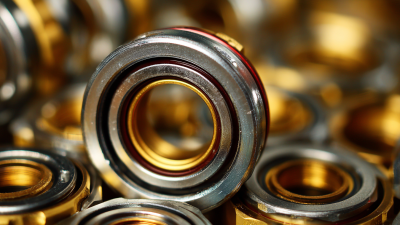
Understanding the Functionality and Benefits of Nup Bearing Types
-

10 Essential Tips for Choosing the Perfect Tapped Bearing
-
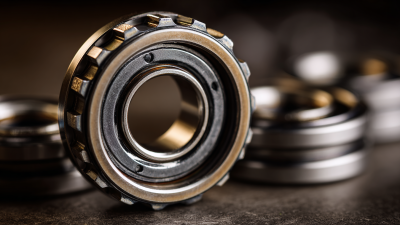
How to Choose the Right Tapped Bearing for Your Application Needs
-

7 Essential Tips for Choosing the Best Pillar Bearing for Your Needs
-
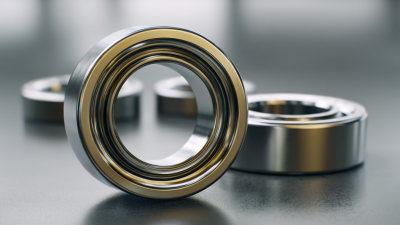
How to Choose the Perfect Real Bearing for Your Industrial Applications
-

7 Essential Tips for Choosing the Right Rear Bearing for Your Production Needs